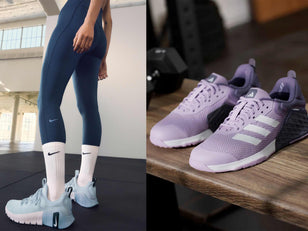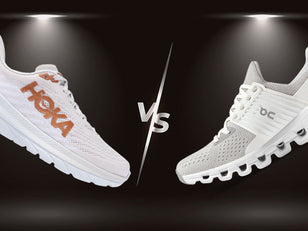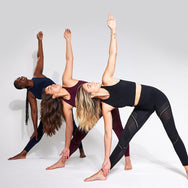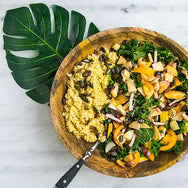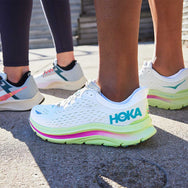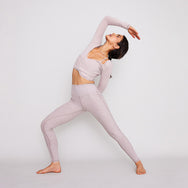
Striving to get in better shape? If you lead an active lifestyle and watch your portion sizes, you may be wondering why you’re not achieving your goals. The truth of the matter is that it could be the quality of what you eat (not the quantity!) that’s to blame. Here’s everything you need to know about empty calories and how to stop consuming them.
What are empty calories?
Put simply, empty calories are found in foods that have a low nutritional value, yet still give us a sharp burst energy. For example, you may find them in crisps, chocolate, alcoholic drinks and other sweetened food products. When dieting or merely trying to eat well, people often look for the calorie content of the food that they eat. However, you should also be aware of what each snack or meal offers you on a nutritional level.
What are quality calories?
Towards the end of last year, the British Nutrition Foundation launched the Quality Calorie concept. According to the scheme, we should “not just look at the number of calories we consume, but also the quality of our diet to help us on the path to get enough of the nutrients that we need (including vitamins, minerals and fibre) and limit the amount of those that are of concern (free sugars, salt and saturated fat).”
Rather than overhauling your entire diet and lifestyle, the concept is all about taking minor steps that could lead to major results. For instance, one way in which you can start improving your diet is to make health-conscious food swaps on a daily basis. Switching your regular lunch for a slightly lower-calorie version of the meal is simple. Taking the time to consider where extra calories are sneaking into your meal plan is a recipe for success.
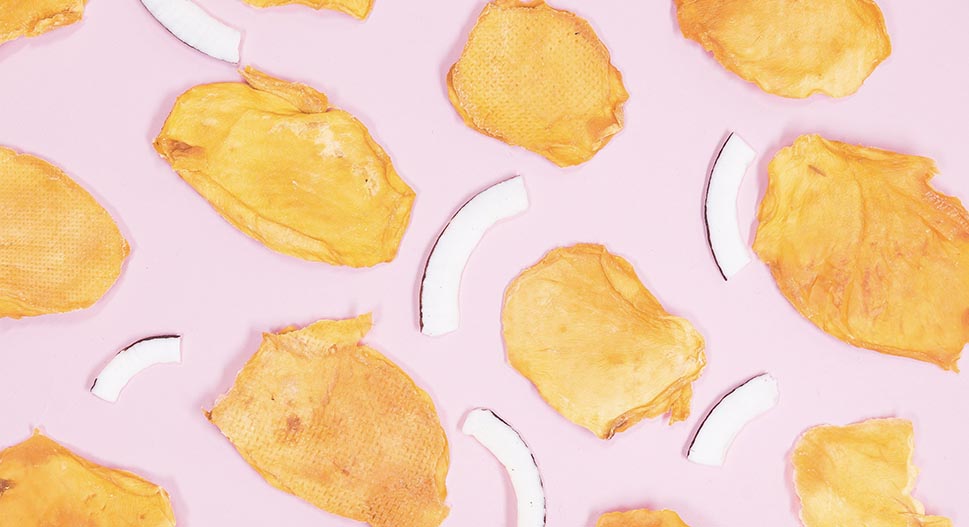
Quick and healthy tips to help you cut back
Where should you start? The first step is about looking at your general, day-to-day diet and identifying the empty calories. When you’ve done that, you can look at some alternatives that will satisfy your hunger pangs while also keeping your body completely nourished. It’s a win-win situation. With that in mind, let’s take a quick look at some of the ways you can rid your diet of empty calories.
-
Replace fizzy drinks with sparkling water
Do you adore a cool glass of pop on a hot summer’s day? While you may think nothing of drinking the odd fizzy drink, these beverages could be laden with sugar. A 330ml can of cola contains around 35g sugar, according to a report from the British Heart Foundation. That’s as much as seven teaspoons of sugar… in one single drink! Switching to sparkling water with slices of fruit for flavour could be the answer here.
-
Eat nutrition-packed nuts, not crisps
Feeling peckish? Whether you’re at a bar or relaxing at home, you may think nothing of reaching for a pack of crisps. Surprisingly, a standard bag of ready salted crisps has around 171 calories in it, according to Walkers. Since crisps don’t offer much nutritionally, it could be worth switching to nuts. While the calorie content will still be high, these snacks are packed with healthy fats and oils, which your body needs.
-
Avoid sweetened food products
Sometimes, making the healthiest possible choice is easier than you might think. The next time you’re in the supermarket (or shopping online!), be sure to check the labels of the food you choose. Opting for plain products rather than pre-sweetened ones is a simple way to rid your diet of too many empty calories. For example, if there’s a sweetened and unsweetened version of muesli, choose the latter. You won’t regret it.
-
Say no to the cheese topping
If you love cheese, you’re not likely to be a huge fan of this next tip. Adding melted cheese to a dish – such as a jacket potato or some nachos – is a ridiculously fast way to boost the calorie count. A 30g portion of cheddar cheese could contain as much as 100 calories, according to the NHS website. This added extra is also high in fat. Simply skipping the cheese in your meals could make a massive difference to the calories you consume.
-
Avoid cream-based dishes
It’s no great secret that cream is packed full of calories. One tablespoon of heavy cream can contain around 50 calories. To make matters worse, 95% of the calorie breakdown comes straight from fats. Avoiding cream-based dishes is a smart move for your health. It’s not as hard as you think. Rather than having pasta with creamy carbonara, you could opt for a marinara. Instead of a korma curry, you could choose a tomato-based tikka.
-
Curb your alcohol consumption
Having a few drinks at the weekend could be boosting your calorie intake. Yes, many alcoholic drinks are heavy in calories, while offering little nutritionally. A large (250ml) glass of 13% wine could contain around 228 calories. Regardless of how much you drink right now, cutting back where you can is always a good idea. For advice and help on how to reduce your drinking in general, you can visit the main drinkaware site.
Conclusion
Ready to revamp your diet? By making these small and simple swaps you could improve your nutrition no end. Don’t let it stress you out. Take small measures towards eating well each and every day. Use these tips as a starting point and add some of your own.























